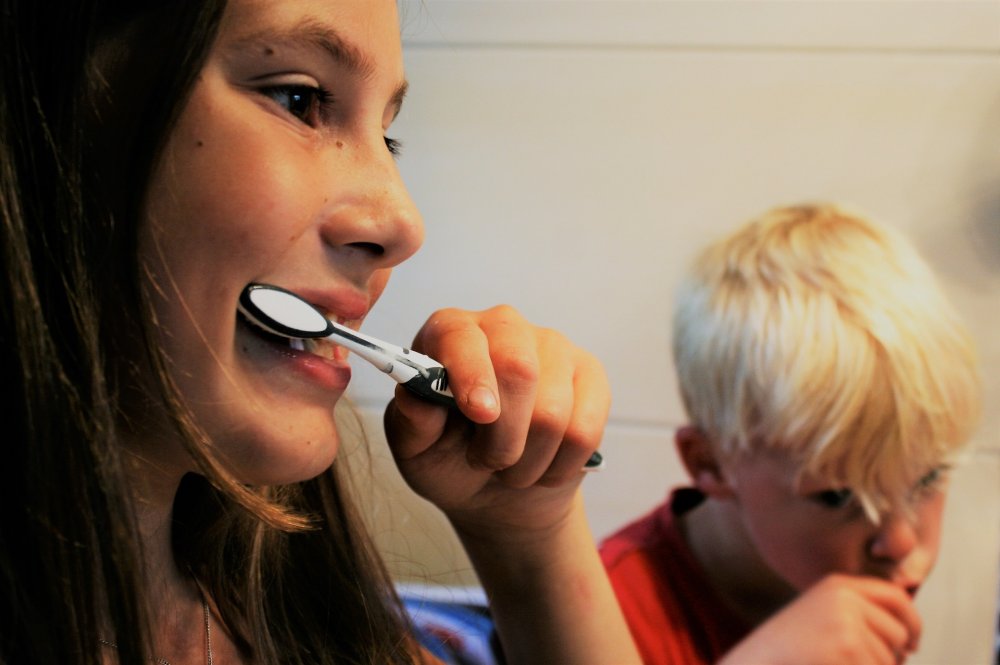Brush Teeth Before Flossing
This article was originally published on www.deardoctor.com
In order for flossing to improve oral health, it has to be done every day. So before you decide whether to brush or floss first, here's one important question to ask yourself: Which way is more likely to form a habit that you will stick with? For most people, it's probably brushing first and then flossing. Why? I call it the "yuck factor."
The reason you brush and floss in the first place is to remove dental plaque — a soft, sticky film clinging to your teeth that's teeming with bacteria. There are hundreds of different species of bacteria in plaque, some of which cause tooth decay and gum disease. Both of these diseases can cause pain, lead to an ever-increasing need for dental treatment, and eventually cause you to lose your teeth.
It's important to note that plaque left on teeth more than 24 hours is more hospitable to the disease-causing (pathogenic) species of bacteria. This is why it's crucial to break up these bacterial colonies at least once per day. Pathogenic bacteria are more likely to thrive just beneath the gum line, where there is less oxygen. Your toothbrush bristles are not as effective as
If you start with flossing, your floss will pick up a lot of plaque that could have easily been removed
Also, if your teeth are covered in plaque while you are flossing, it's possible that the floss will become so dirty that you will simply be moving plaque around — maybe even pushing some of it into the spaces between your teeth that you are trying to clean — rather than removing it. So it's better to get rid of as much as you can and then use your floss to focus on those hard-to-reach little spaces.
After removing the majority of the plaque with your toothbrush, your mouth will feel much cleaner and you may be tempted to pass on flossing altogether. But don't skip it! If you want the best possible oral health, this is just not an option. We
A very interesting study was done in 2008 at New York University involving 51 sets of identical twins. In each pair, one twin brushed and flossed while the other twin just brushed and didn't floss. After two weeks, the twins who did not floss had significantly more of the bacteria associated with periodontal (gum) disease.
My own research has yielded similar findings. While studying the relative effectiveness of different flossing methods, my colleagues and I found that no matter which type of floss was used, there was a significant reduction of plaque and bleeding gums (a sign of gum disease) in all the participants who flossed daily.
So I will leave you with this thought: If flossing just once a day for a few minutes would help you keep your natural teeth for life...why wouldn't you do it?

